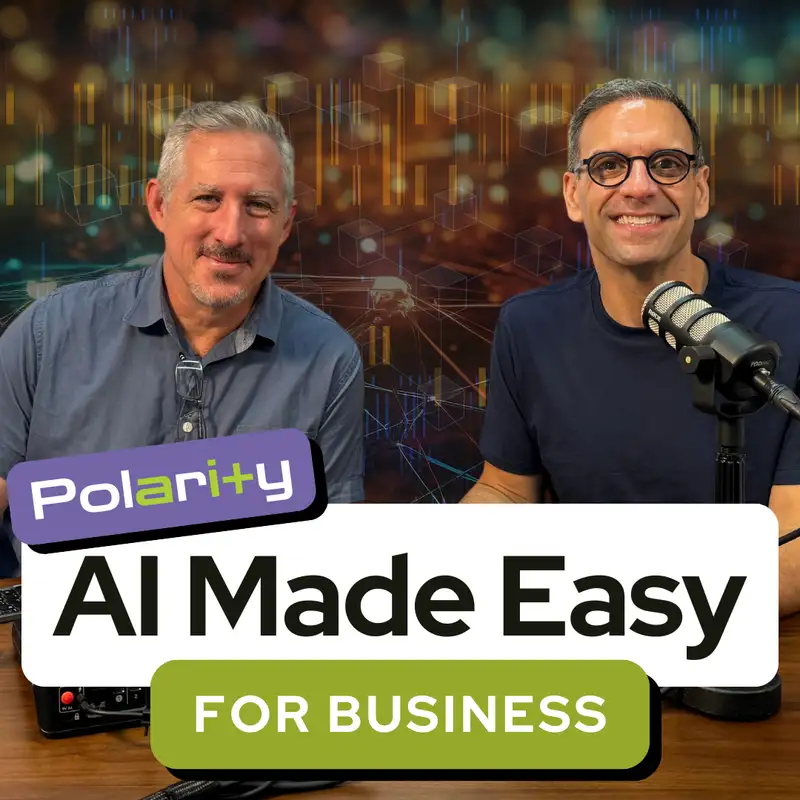TOOLS & RESOURCES
- Scribe (https://scribehow.com)
- Waybook (https://www.waybook.com)
AI'S JOKE
When the new employees started at the company, he was excited to hear that they had an unlimited vacation policy. He asked his coworker, so how much vacation do people usually take? And the coworker replied, the first five minutes of every meeting.
TAKEAWAYS
- Unlimited vacation policies can lead to confusion.
- Small businesses often lack dedicated HR resources.
- Effective onboarding is crucial for employee success.
- Automation can streamline HR processes significantly.
- Consistency in training enhances employee experience.
- Most small businesses do not have updated employee handbooks.
- Real-time support can improve employee satisfaction.
- AI tools can assist in creating SOPs efficiently.
- Personalized learning paths can enhance employee development.
- Business owners are not alone in facing HR challenges.
CHAPTERS
00:00 The Challenge of Unlimited Vacation Policies
01:49 Navigating HR in Small Businesses
03:54 The Role of Automation in Onboarding
06:42 Creating a Consistent Onboarding Experience
09:33 Building Employee Handbooks and SOPs
12:55 Real-Time HR Support for Employees
15:48 The Importance of Automation in Emergencies
19:43 Tools for Effective Onboarding
22:55 Leveraging AI for Personalized Learning Paths
25:31 The Future of HR Tools and Employee Engagement
